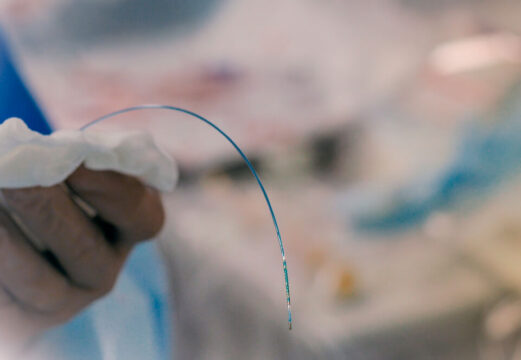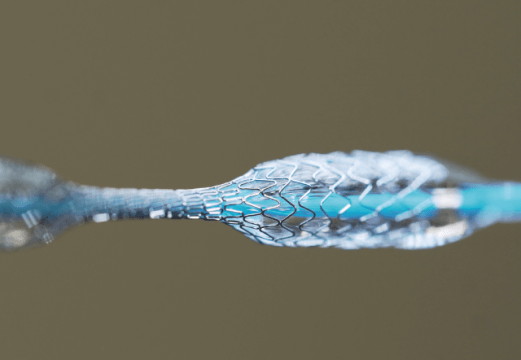Paclitaxel-eluting stent Eluvia showed promising results after two years with a revascularization freedom rate of 80% despite the fact that these were complex femoropopliteal lesions.

As the safety of paclitaxel-eluting devices becomes more consistent, more studies on its efficacy are being published.
Back in 2018, the safety of paclitaxel-eluting balloons and stents was under scrutiny due to a possible association with all-cause mortality.
It was for this reason that much ongoing research and many soon-to-be published papers were put on hold for several years. Time went by and safety was strengthened until the SAFE-PAD study finally ruled out a problem of safety.
The ELUVIA study included 130 patients (137 lesions) with symptomatic disease in the femoropopliteal area. Its primary endpoint was primary lesion patency. Secondary endpoints included secondary patency, freedom from target lesion revascularization, freedom from surgical conversion, and mortality.
Most patients had intermittent claudication that altered their quality of life. A vast majority of lesions were complex (>70% were total occlusions, >70% were severely calcified, and mean length was almost 200 mm).
Read also: Primary COVID-19 Infection Protects Against Potential Reinfection?
At two years, the Kaplan-Meier estimate of primary patency was 71%, whereas secondary endpoints freedom from revascularization and secondary patency were 80%.
Only 2% of patients required amputation, and a mere 11% converted to surgery.
Conclusion
Using paclitaxel-eluting stent Eluvia showed good results in terms of safety and efficacy in the treatment of complex femoropopliteal lesions.
Original Title: 2-Year Outcomes of the Eluvia Drug-Eluting Stent for the Treatment of Complex Femoropopliteal Lesions.
Reference: Konstantinos Stavroulakis et al. JACC Cardiovasc Interv. 2021 Mar 22;14(6):692-701. doi: 10.1016/j.jcin.2021.01.026.
Subscribe to our weekly newsletter
Get the latest scientific articles on interventional cardiology





